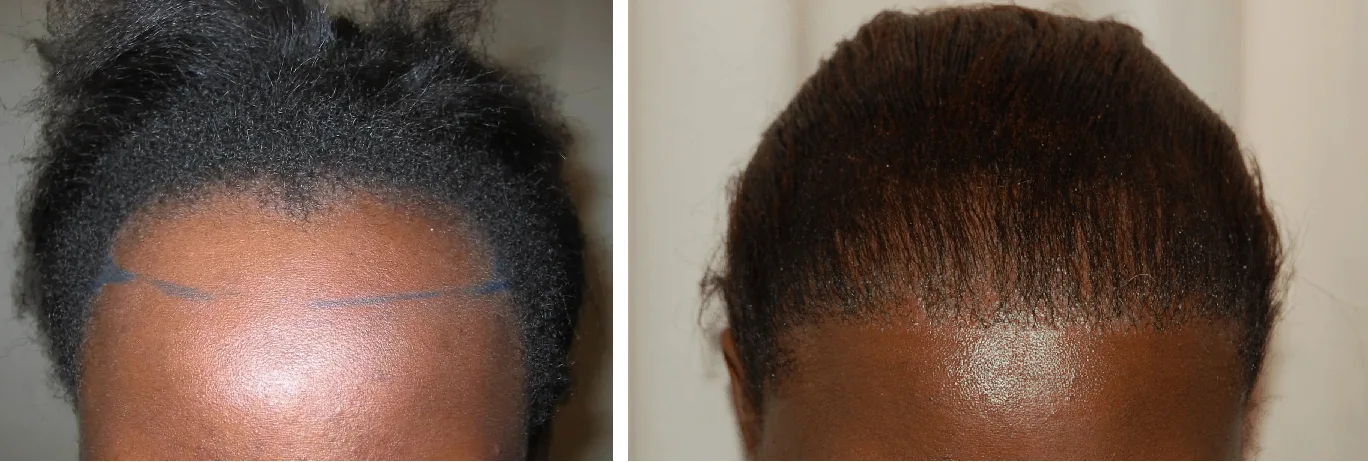We all probably know someone who has suffered previously with erupting wisdom teeth and have heard how this can be extremely uncomfortable. Perhaps, you have gone through it yourself. But have you ever wondered why these teeth are cause for such pain?
Here’s some trivia for you! Wisdom teeth are the third set of molars in the very back of your mouth. These teeth typically erupt at the corners of the jaws during the late teen years or early adulthood — between 17 and 25 years, i.e., when wisdom sets in!
As per anthropologists, wisdom teeth existed to help our ancestors chew the coarse leaves, roots, nuts, and raw meat that made up the human diet millennia ago. However, as we evolved and changed our eating habits, the use of these teeth became redundant.
If you remember your history lessons well, you will know that our ancestors had large jaws, which could comfortably accommodate all 32 teeth. With the evolution of time, our jaws became progressively smaller, but the number of teeth remained 32 and, hence, the last tooth finds itself jostling for space in a relatively smaller jaw.
Therefore, as there is little room left for the wisdom tooth to break through and settle in properly, they try to squeeze in unsuccessfully, causing gum pain, or get locked partially in the bone and are known as ‘impacted wisdom teeth’.
Teething troubles
Dentists or oral surgeons often remove impacted wisdom teeth because they may sometimes trap food, plaque, and other debris in the soft tissue around it, leading to swelling, gum tenderness, cavities, and bad breath.
While you need the rest of your teeth for proper function and aesthetics, you don’t really need your wisdom teeth. In some individuals, they erupt and settle uneventfully, but most people face issues during or after the appearance of these teeth. Here are some of the symptoms individuals with an impacted tooth may experience:
- Red or swollen gums
- Gum tenderness, swelling and infection
- Jaw pain
- Cheek biting
- Food accumulation around the tooth causing bad breath
- Decaying of neighbouring good teeth
- Unpleasant taste in the mouth
- Difficulty in opening the mouth
As per some studies, eight in 10 young adults who kept their wisdom teeth experienced dental issues within seven years. Brushing off the discomfort caused by wisdom teeth can prove costly in the long run, especially if it requires gum surgery or a root canal. Hence, dentists often recommend having troublesome wisdom teeth removed early on.
To start with, you can get a primary assessment of these teeth done by your general dentist, and in complicated cases, you may be referred to a specialist oral and maxillofacial surgeon to know the potential risks it may pose.
If impacted wisdom teeth aren’t causing symptoms or apparent dental problems, they’re called asymptomatic.
Impacted wisdom teeth removal
While the word ‘surgery’ may unnerve you, it’s a very common procedure and often less painful than the discomfort associated with impacted wisdom teeth.
If you wish to get rid of an impacted wisdom tooth, a dentist or oral surgeon can do the job in one sitting. Firstly, the dental specialist will numb your mouth with anaesthesia to avoid discomfort during the procedure.
The tooth is then extracted by an experienced dentist. Once the impacted wisdom tooth has been extracted, stitches may be used to close the incision and allow the gums to heal. The socket where your teeth were located will be packed with gauze to control bleeding and promote healing.
It helps to pay heed to your dental professional’s instructions on how to care for your mouth after the extraction, to ensure prompt recovery.
Words of dental advice
If you ignore the symptoms of wisdom teeth infection, the problem is likely to aggravate. Also, the older you get, the more challenging a wisdom tooth extraction procedure can be. So, if you experience wisdom teeth issues, don’t delay — seek immediate treatment and you’ll experience great relief once your mouth is fully functional again.
If you have had an impacted wisdom tooth extraction and your dental professional has conducted your post-surgical appointment after the healing process, you should return to your normal oral hygiene routine to keep your teeth and mouth healthy.
At Clinic Effect , we have an amazing team of dental specialists who are well equipped to perform surgical extractions with utmost precision and care to eliminate wisdom teeth pain. Do call us to book your appointment, and remember, act quickly!
Sources:
- British Association of Oral & Maxillofacial Surgeons
- Mayo Clinic
Read More:
- The choices for replacing a missing tooth
- Have an abscessed tooth? Here’s what you need to know
- Essential Vitamins and Minerals for Healthy Teeth




